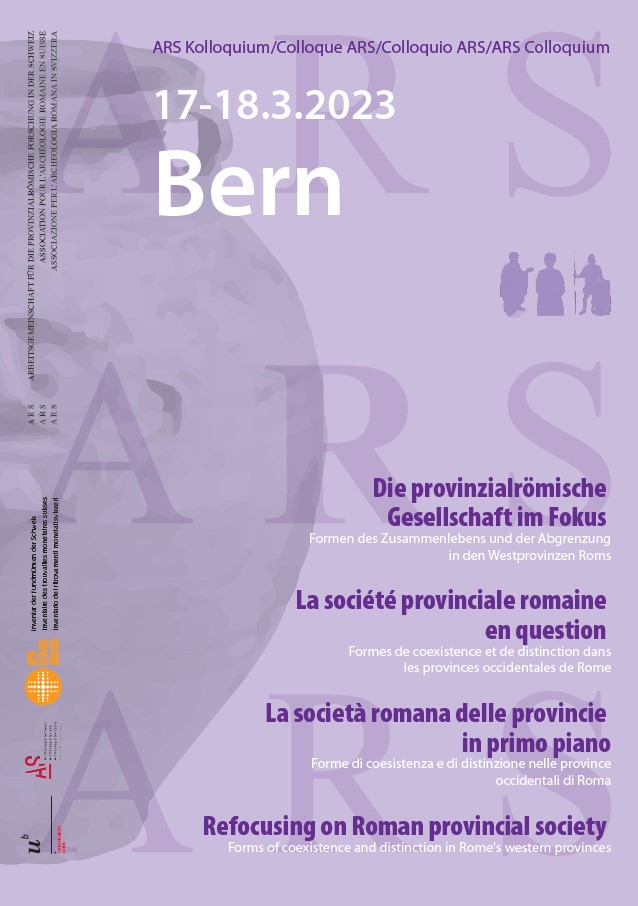Greg Woolf - Heterarchy and the organization of provincial space in Roman Gaul
Our approach to regional phenomena in the Roman west is often shaped by the administrative geography imposed by the Roman empire. The key components of that geography – as used for example by the Elder Pliny and in the documents on which he drew for his Natural History – are the province and within it the civitates, entities of various formal statuses but all comprising a territory and an urban center. More recently research projects like the NWO funded ‘Villa landscapes in the Roman North. Economy, culture, lifestyles’ and Martin Pitts’ ‘The Roman object revolution. Objectscapes and intra-cultural connectivity in northwest Europe’ have shown how much can be gained from allowing material culture to generate its own geographical spaces.
These projects raise the question of How we should relate the geography generated by the exercise of Roman power to the geography most visible to archaeologists? Does the apparent mismatch show the weakness of Roman power compared to patterns of activity generated in by longer-term dynamics of human-land relations? That might seem to be the implication of a series of longue-durée projects run by the VU that seek to find continuities of settlement and landuse based on enduring Holocene ecologies. Mediterraneanists have over the last two decades been inspired by Horden and Purcell’s Corrupting Sea to interpret patterns of economic activity and mobility in their region ways that give little weight to political change relative to ecological constraints, technological change and demography. Should we conclude that recent complaints that archaeologists pay too little attention to the so-called Dark Side of Empire are misplaced? Perhaps empire was too weak to fundamentally divert human enterprises in this period, and maybe imperial exactions were little more than a mild or even beneficial parasitism, or perhaps administrative orders were simply ill-designed or poorly suited to the societies they tried to master? This paper will deploy the idea of heterarchy to explore how different geographies – administrative, economic, demographic - coexisted in large spaces like Roman Gaul.
